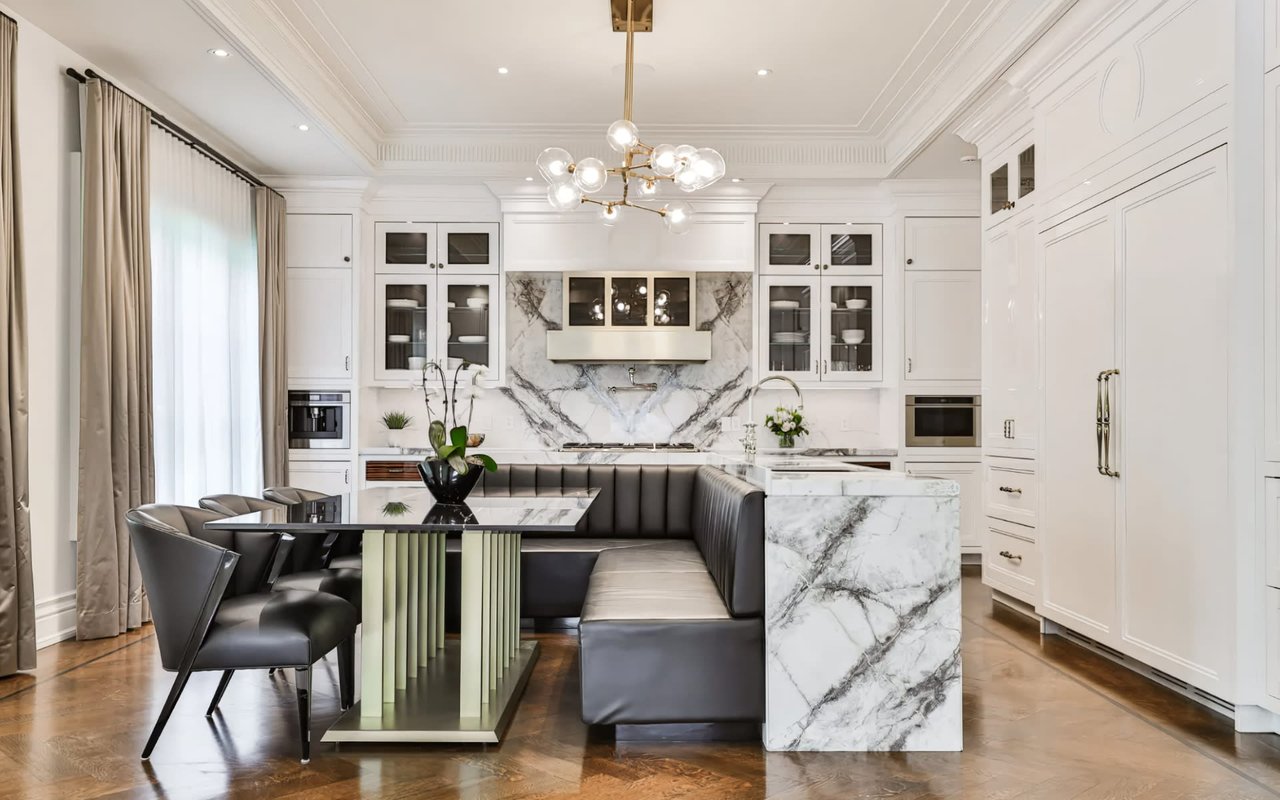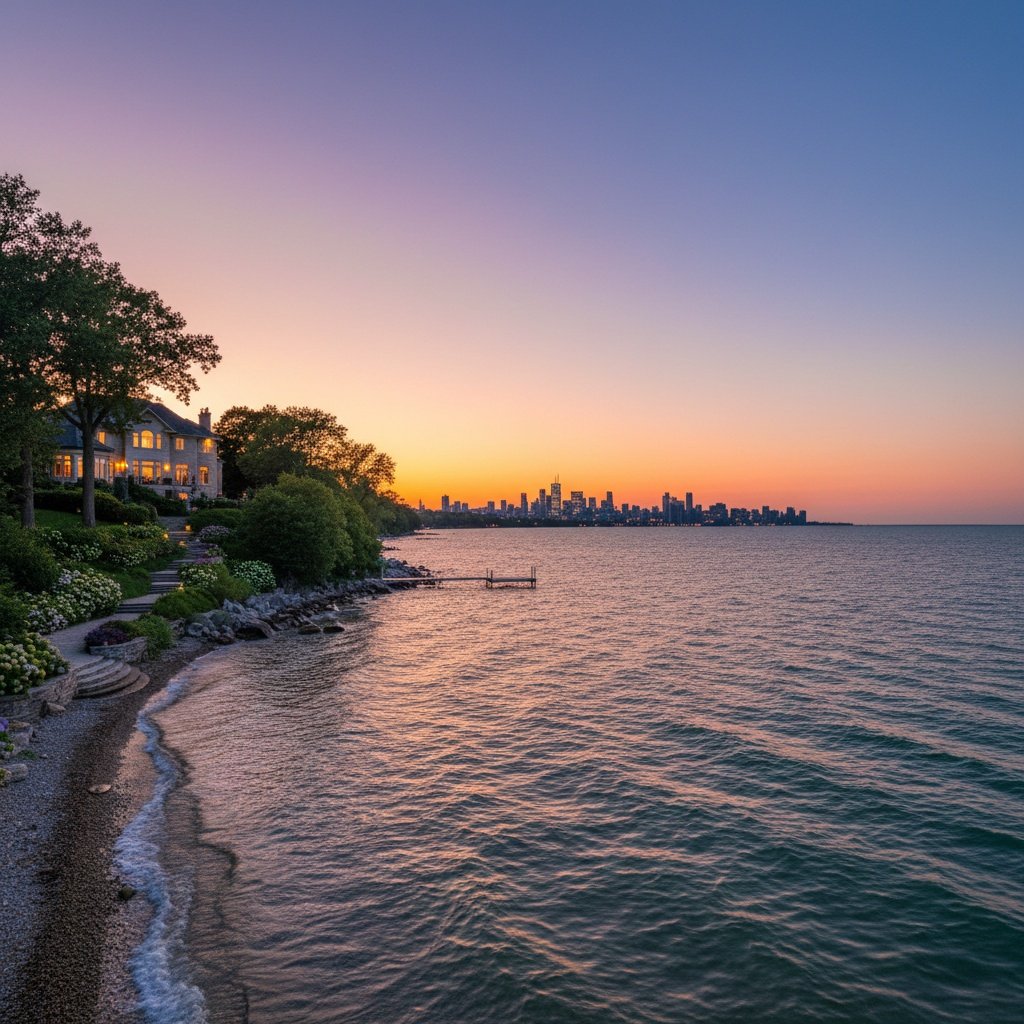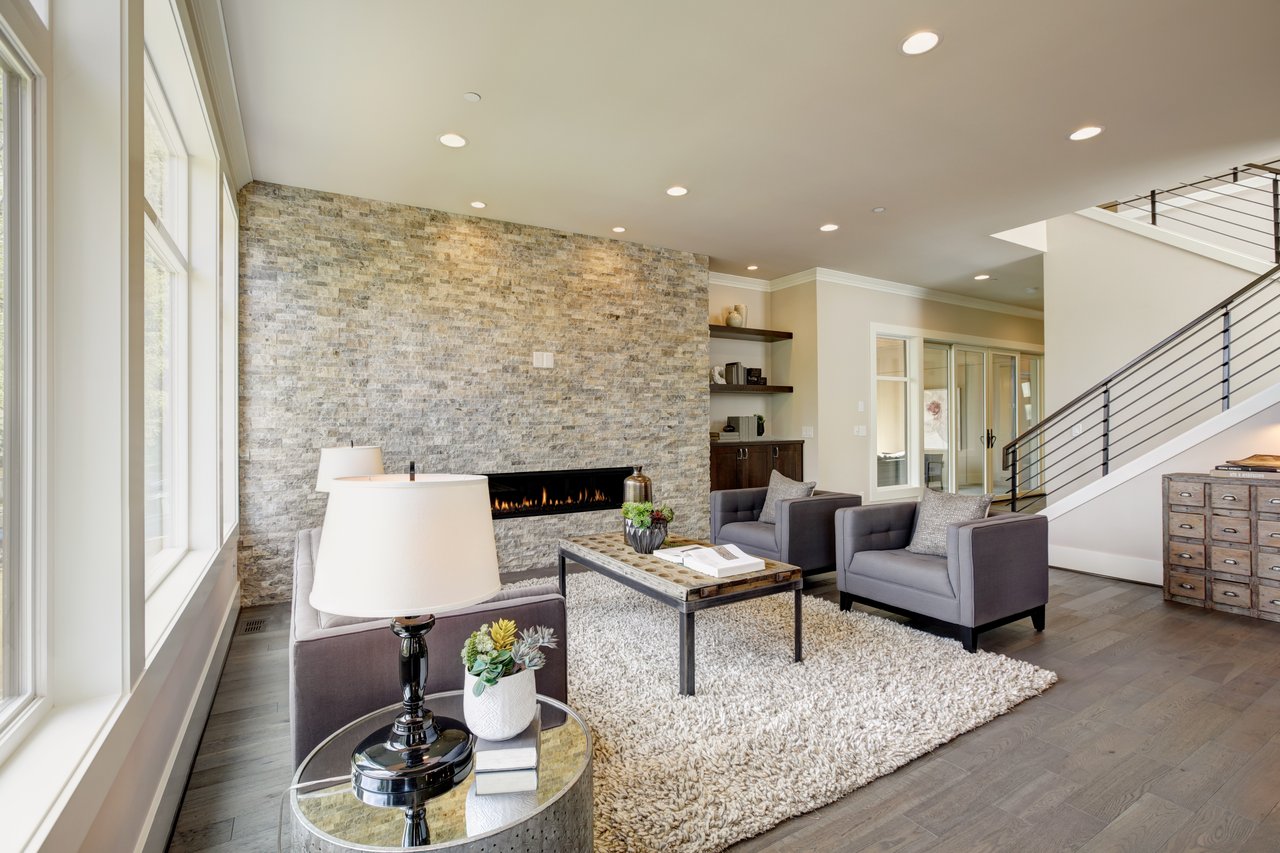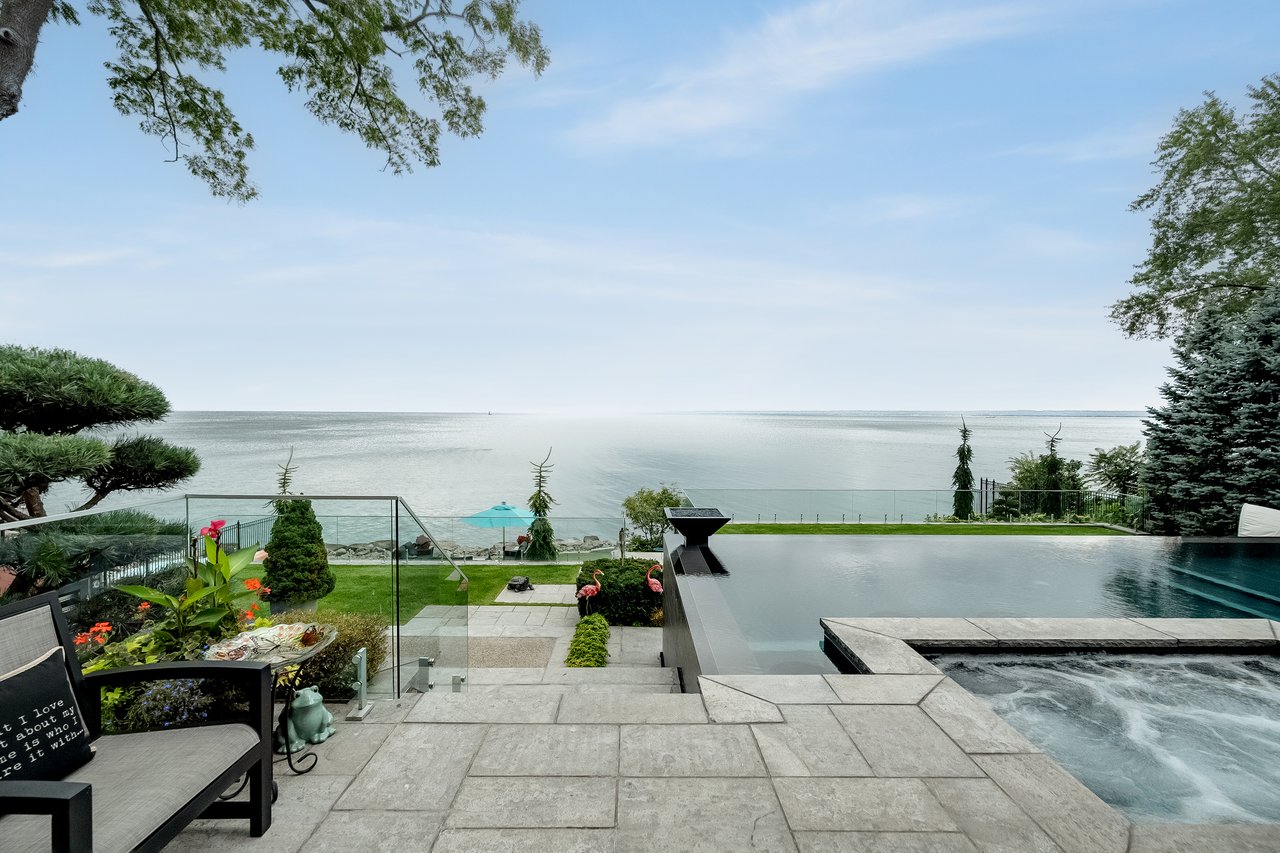Eco-friendly interior design has advanced beyond trend status to become a core consideration for many homeowners and real estate professionals. From energy-efficient appliances to recycled materials, eco-conscious homeowners prioritize environmentally friendly design elements that minimize their carbon footprint and promote a healthier planet.
This blog explores various eco-friendly interior design strategies that can enhance the value and appeal of your real estate, particularly in environmentally conscious communities like Oakville, Ontario.
Sustainable materials and furnishings
One of the key principles of eco-friendly interior design is the use of sustainable materials and furnishings.
Here are some key considerations:
Here are some key considerations:
- Reclaimed and recycled materials: Look for furniture, flooring, and decor crafted from reclaimed wood, recycled glass, or even salvaged metal. These materials offer unique character and a reduced environmental footprint compared to virgin resources. In Oakville, for example, several local businesses specialize in sourcing and refinishing reclaimed wood furniture, adding a touch of eco-conscious charm to your space.
- Natural and sustainable fibers: Regarding textiles, prioritize natural fibers like organic cotton, linen, or hemp. These materials are biodegradable and often require less processing compared to synthetic alternatives. Area rugs woven from jute or sisal are popular eco-friendly choices in Oakville homes, offering a touch of texture and warmth.
- Locally sourced materials: Minimizing transportation distances reduces the carbon footprint associated with materials. Support local artisans and businesses that offer furniture, decor, and building materials sourced from within the region. This approach promotes sustainability and injects a sense of regional character into your space.
In Oakville, homeowners increasingly opt for eco-friendly materials such as bamboo to reduce their environmental impact. Additionally, furniture made from sustainable materials like FSC-certified wood and organic fabrics is becoming increasingly popular in eco-conscious homes.
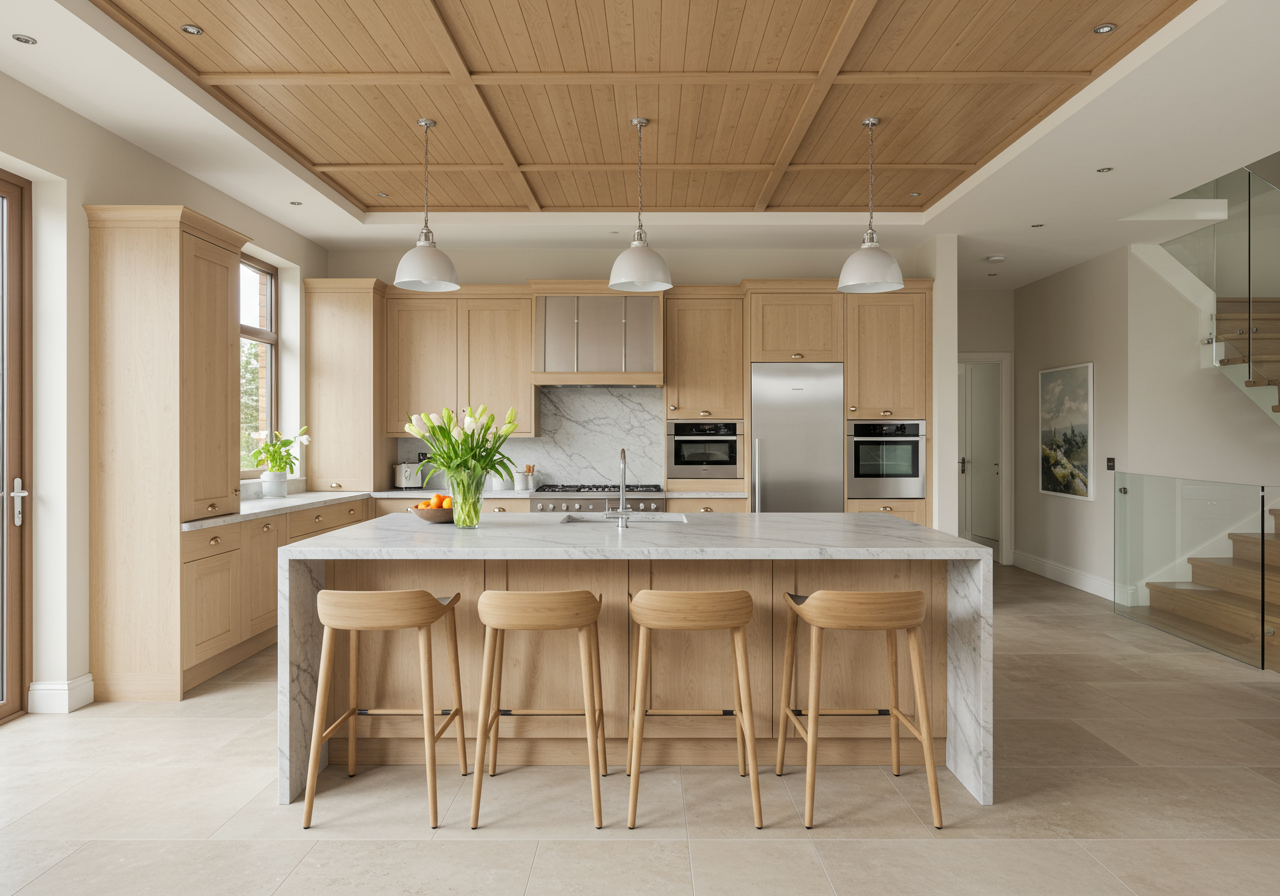

Energy-efficient lighting and appliances
Another critical aspect of eco-friendly interior design is energy efficiency. Many homeowners are incorporating energy-efficient lighting and appliances to reduce energy consumption and lower utility bills. LED lighting, for example, consumes less energy and lasts longer than traditional incandescent bulbs. At the same time, ENERGY STAR-certified appliances use less electricity and water, saving money and resources in the long run. By investing in energy-efficient lighting and appliances, homeowners can reduce their environmental footprint and create a more comfortable and sustainable living environment.
Indoor air quality and ventilation
Indoor air quality is a crucial consideration in eco-friendly interior design. Homeowners are increasingly prioritizing ventilation and air purification systems to promote healthier indoor environments. Low-VOC (volatile organic compound) paints and finishes are also gaining popularity, emitting fewer harmful chemicals into the air than traditional paints. Additionally, incorporating natural ventilation strategies such as operable windows and skylights can help to improve air circulation and reduce the need for mechanical ventilation systems.
Water conservation measures
Water conservation is another crucial aspect of eco-friendly interior design. Simple yet impactful strategies include water-saving fixtures (like low-flow showerheads and faucets), water-efficient appliances (especially dishwashers and washing machines), and repairing leaks as soon as possible. Homeowners are also switching to dual-flush toilets and incorporating rain harvesting systems in their residences. All these measures can lower utility bills while helping preserve local water resources and ecosystems.
Sustainable flooring options
Flooring is a significant component of interior design, and eco-conscious homeowners are increasingly turning to sustainable flooring options. Bamboo flooring, for example, is a renewable resource that proliferates and regenerates quickly, making it an eco-friendly alternative to traditional hardwood floors. Cork flooring is another sustainable option, as it is harvested from the bark of cork oak trees without harming the tree itself. Recycled materials such as reclaimed wood and recycled rubber are popular for eco-friendly flooring solutions.
Biophilic design elements
Biophilic design, which incorporates elements of nature into interior spaces, is gaining traction in eco-friendly interior design. You might already have seen biophilic design elements such as living walls, indoor plants, and natural materials to create spaces that promote health and well-being. Studies have shown that biophilic design can reduce stress, improve cognitive function, and increase productivity, making it a valuable addition to eco-friendly homes.
Minimalism and decluttering
Minimalism is a key principle of eco-friendly interior design, emphasizing the importance of simplicity, functionality, and sustainability. The minimalist rule of thumb is that less is more. If you favor minimalism, consider investing in durable furnishings and accessories to reduce your environmental footprint and create stylish and sustainable spaces.
Smart home technology
Smart home technology is revolutionizing eco-friendly interior design. Technology is empowering homeowners to make their homes more energy-efficient and sustainable, from smart thermostats and lighting controls to energy monitoring systems and home automation. By integrating smart home technology into their living spaces, homeowners can reduce energy consumption, lower utility bills, and enhance their homes' overall comfort and convenience.
Eco-friendly interior design is not just about environmental responsibility; it's a wise investment for your real estate. As sustainability consciousness grows, homes with eco-friendly features are becoming increasingly desirable. By incorporating sustainable materials, energy-efficient solutions, and water conservation measures, you can enhance the value and appeal of your property, particularly in environmentally conscious communities like Oakville.
Eco-friendly interior design is not just about environmental responsibility; it's a wise investment for your real estate. As sustainability consciousness grows, homes with eco-friendly features are becoming increasingly desirable. By incorporating sustainable materials, energy-efficient solutions, and water conservation measures, you can enhance the value and appeal of your property, particularly in environmentally conscious communities like Oakville.
Invidiata: Your partner in sustainable real estate
Making your real estate eco-friendly can be surprisingly manageable. Invidiata, a leading real estate agency in Oakville, can guide you through the process. Our experienced Oakville real estate agents have a deep understanding of sustainable design principles and local resources. We can help you source eco-friendly materials, connect you with local artisans, and recommend energy-efficient upgrades to maximize the value and appeal of your property.
Contact us today to discuss your eco-friendly design goals and explore how we can help you achieve them.
Contact us today to discuss your eco-friendly design goals and explore how we can help you achieve them.
